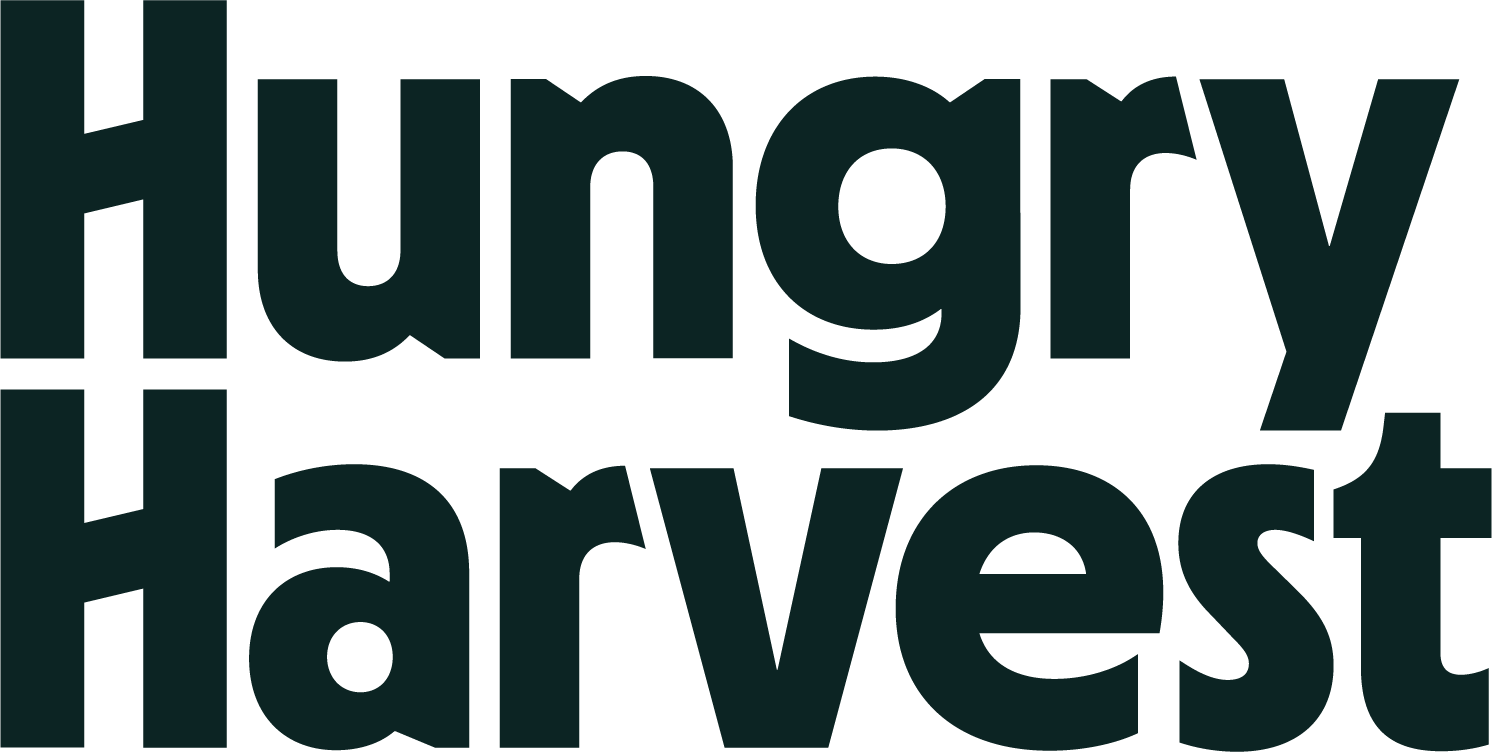Less Waste: Understanding Package Dates
We’re so excited to partner with the International Food Information Council for this blog post! The following article was written by Alyssa Pike, RD, Senior Manager, Nutrition Communications, International Food Information Council.
International Food Information Council’s (IFIC) 2019 research findings Consumer Behaviors & Perceptions of Food Waste, found that a top reason consumers throw away food is that it’s become spoiled or stale.
This report delivers essential information, but two outstanding questions are worth examining: How do we know if a food has become spoiled or stale? And, can the date labels on packaged foods help us decide?
While an important part of safe food handling includes proper food storage to avoid spoilage, sometimes foods are thrown away because of the dates on the labels, not because they are truly spoiled. There seems to be a lot of confusion about date labels and what they mean, so here are some fast facts about packaged food date labels and how to tell if your food is really spoiled.
Tips for Understanding Date Labels
Date labels, also called “open dating” labels, are based on quality, not safety (except for infant formula products).
Best if Used By/Before: This date indicates when a product will be of best flavor or quality. It is not a purchase or safety date.
Sell-By: This date tells the store how long to display the product for sale for inventory management. It is not a safety date.
Use-By: This date is the last date recommended for the use of the product while at peak quality. It is not a safety date except for when used on infant formula (see below).
Freeze-By: This date indicates when a product should be frozen to maintain peak quality. It is not a purchase or safety date.
Infant Formula Dates: There is one exception to the above dates. The federal government regulates date labels on infant formula products. They are required to bear a “Use-By” date, up to which the manufacturer has confirmed that the product contains no less than a minimum amount of each nutrient identified on the product label and that the product will be of acceptable quality.
It’s not exact. Manufacturers may add date labels voluntarily, and these labels should be considered an estimate. Food manufacturers add these date labels to inform consumers of the date the food will be at its peak quality and flavor. However, these dates are not an exact science.
Use best judgment: Use your discretion when deciding whether to throw away food. If properly stored, it should be safe to consume a food product beyond its date label. However, consumers should regularly evaluate their pantry and refrigerator, monitor any changes in texture and smell.
How do you know if a food is spoiled?
As noted above, properly storing food is the first step to keeping it as fresh and safe as possible for as long as possible. This Refrigerator & Freezer Storage Chart, provided by the Food and Drug Administration, includes safe storage times for many widely used foods. However, the FDA advises examining all food for spoilage regardless of the dates stamped on the packaging. Signs of food spoilage include:
Discard food that is abnormally soft, discolored, or uncharacteristically unpleasant odor is likely spoiled.
Do not eat food that has molded or developed a “slimy” film. Even if you remove the mold or slime, lingering microbes can still pose a foodborne illness threat.
In the case of canned goods, swollen cans often indicate a spoiled product. However, spoilage is not the only cause of abnormal cans. However, spoilage is not the only cause of abnormal cans. Use the tips mentioned above to further investigate spoilage potential.
Lastly, if you’re in doubt, throw the food away. It is better to be overly cautious than to eat potentially unsafe food.



